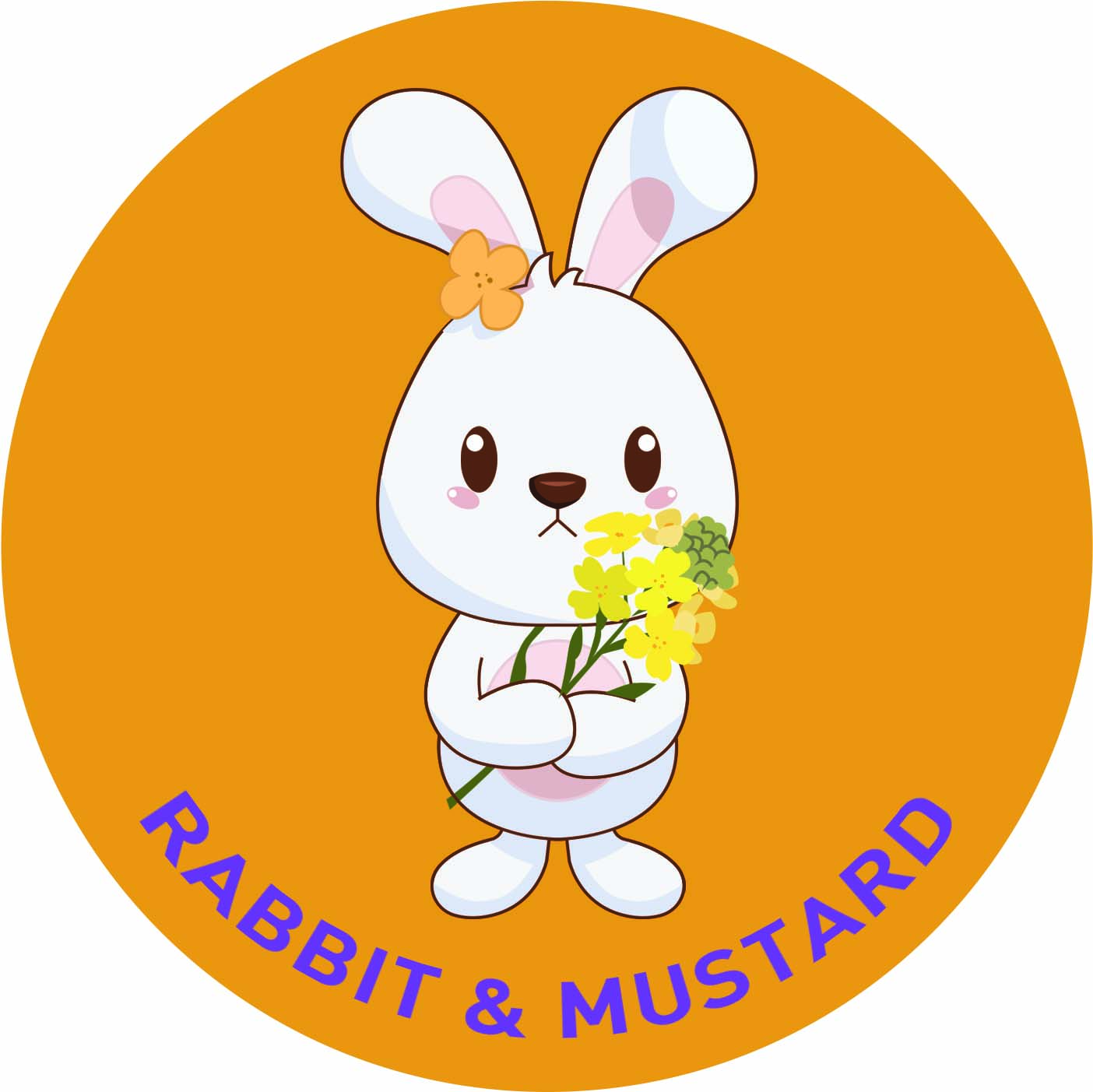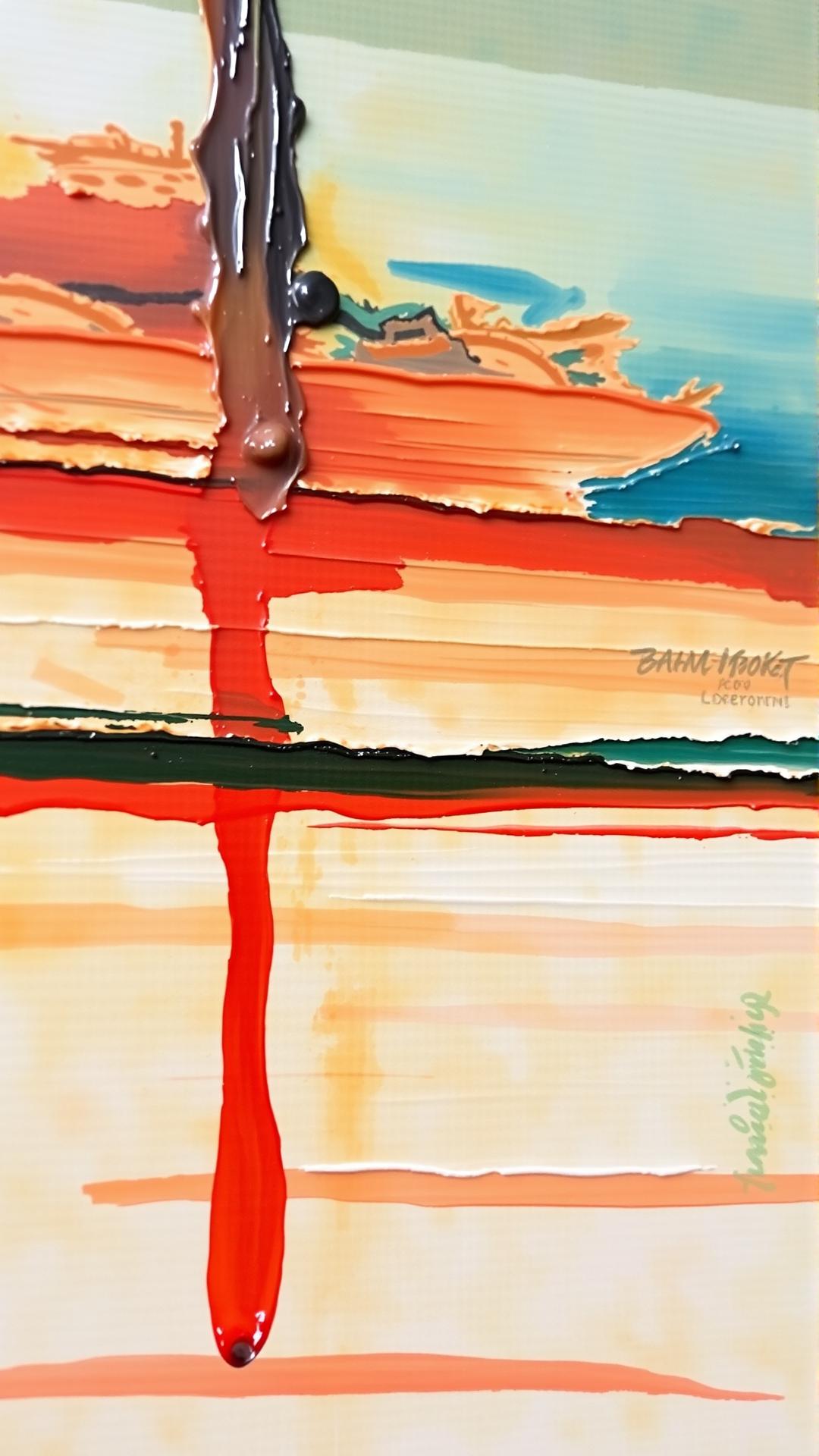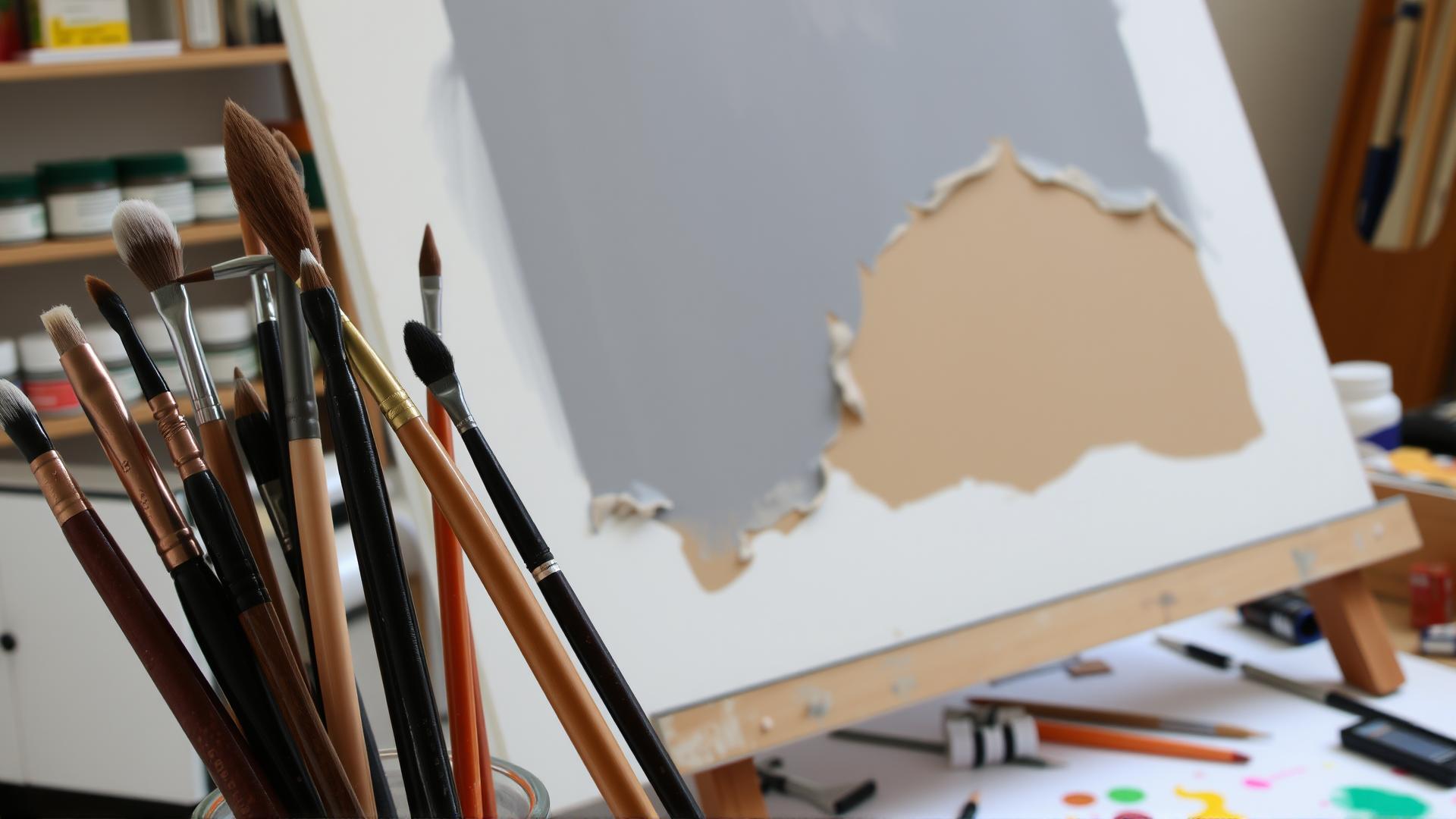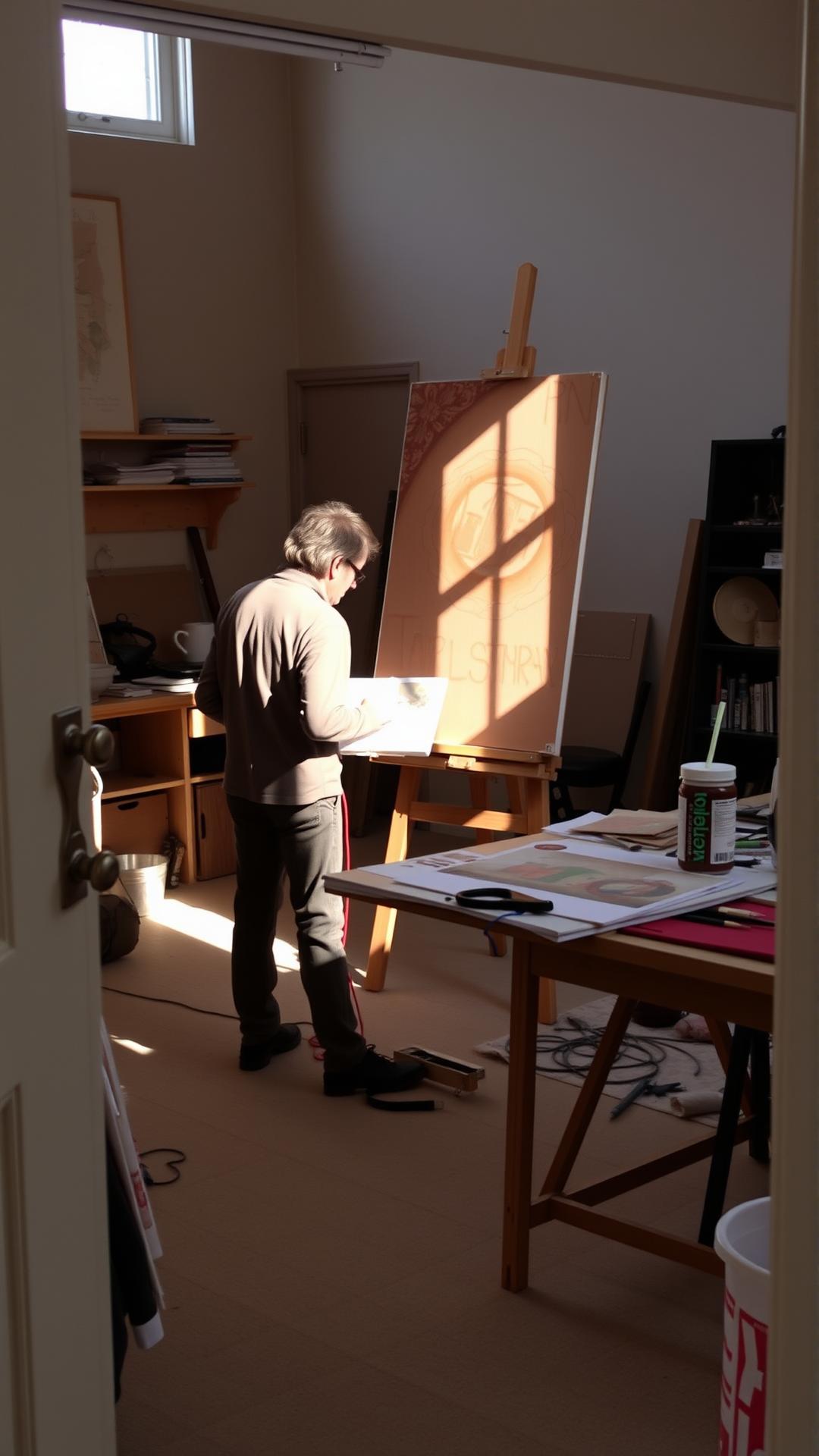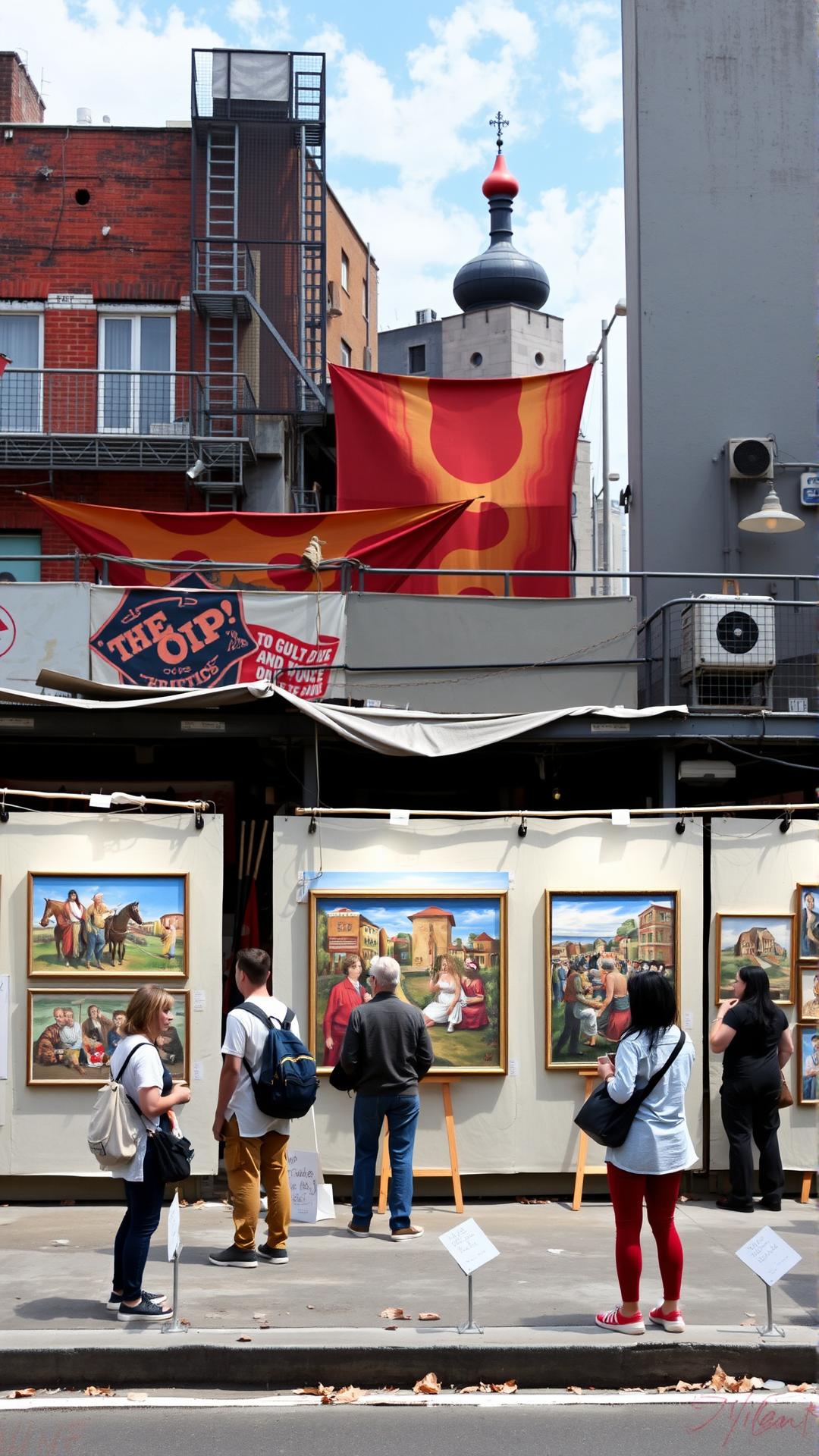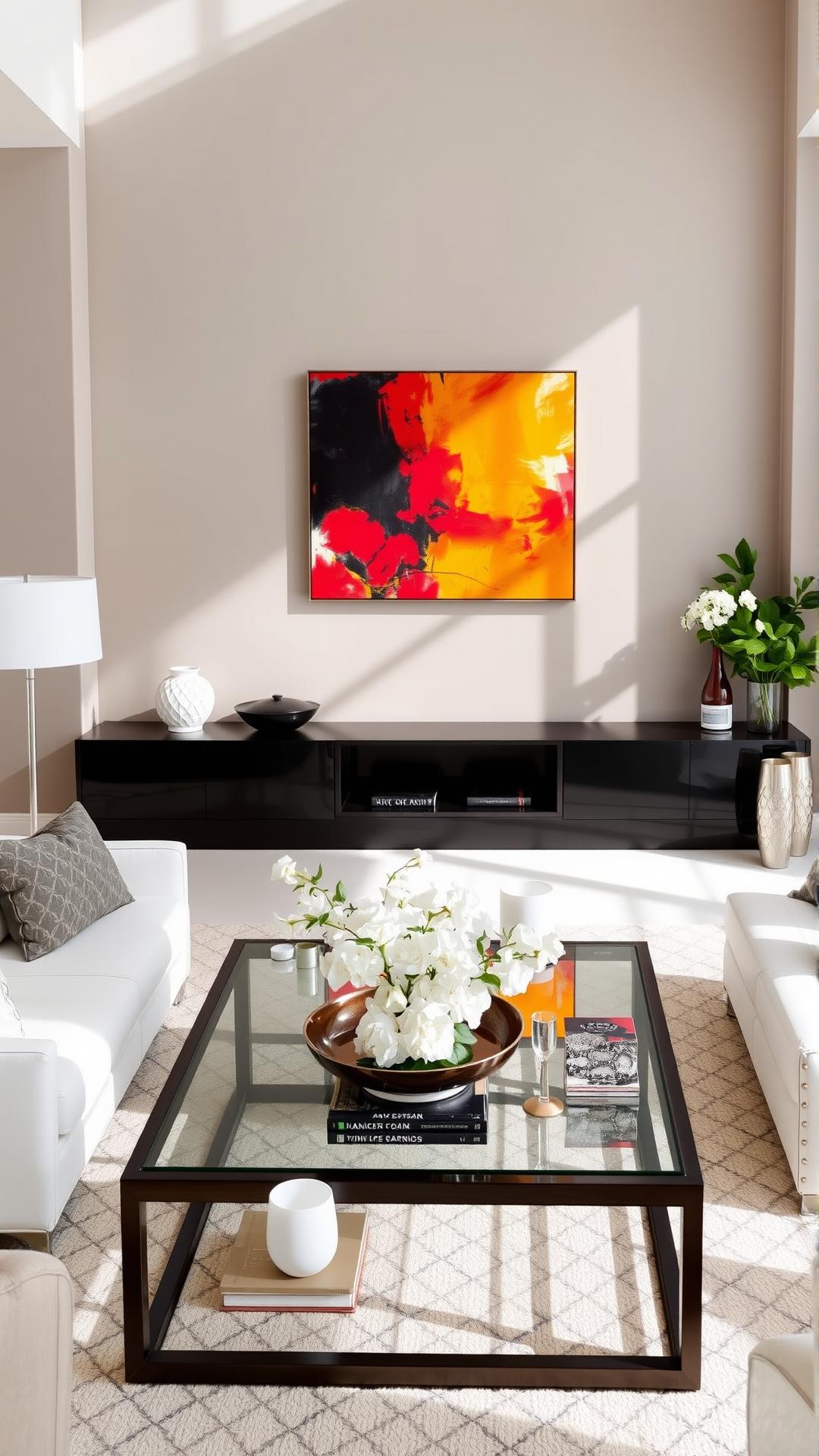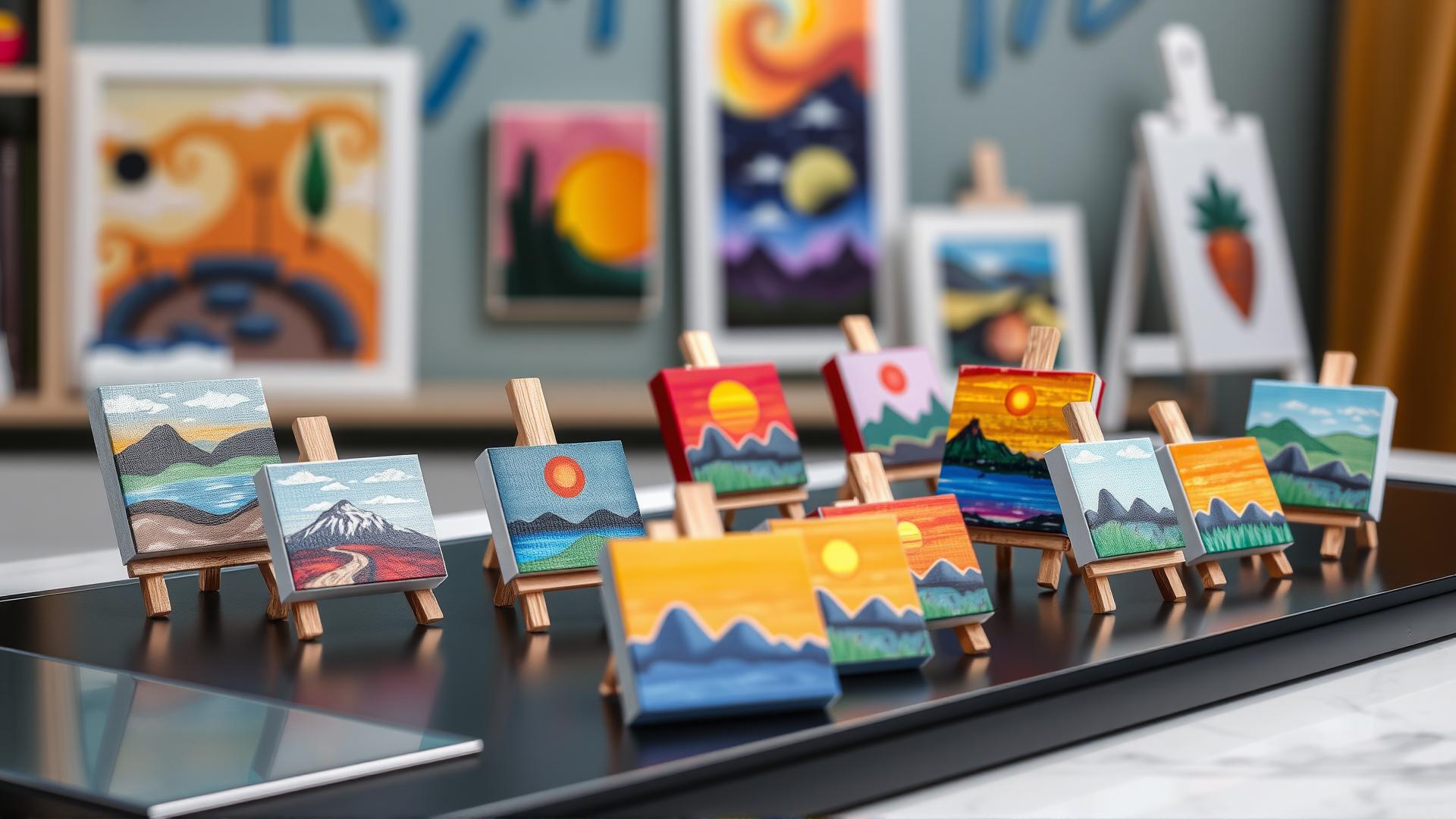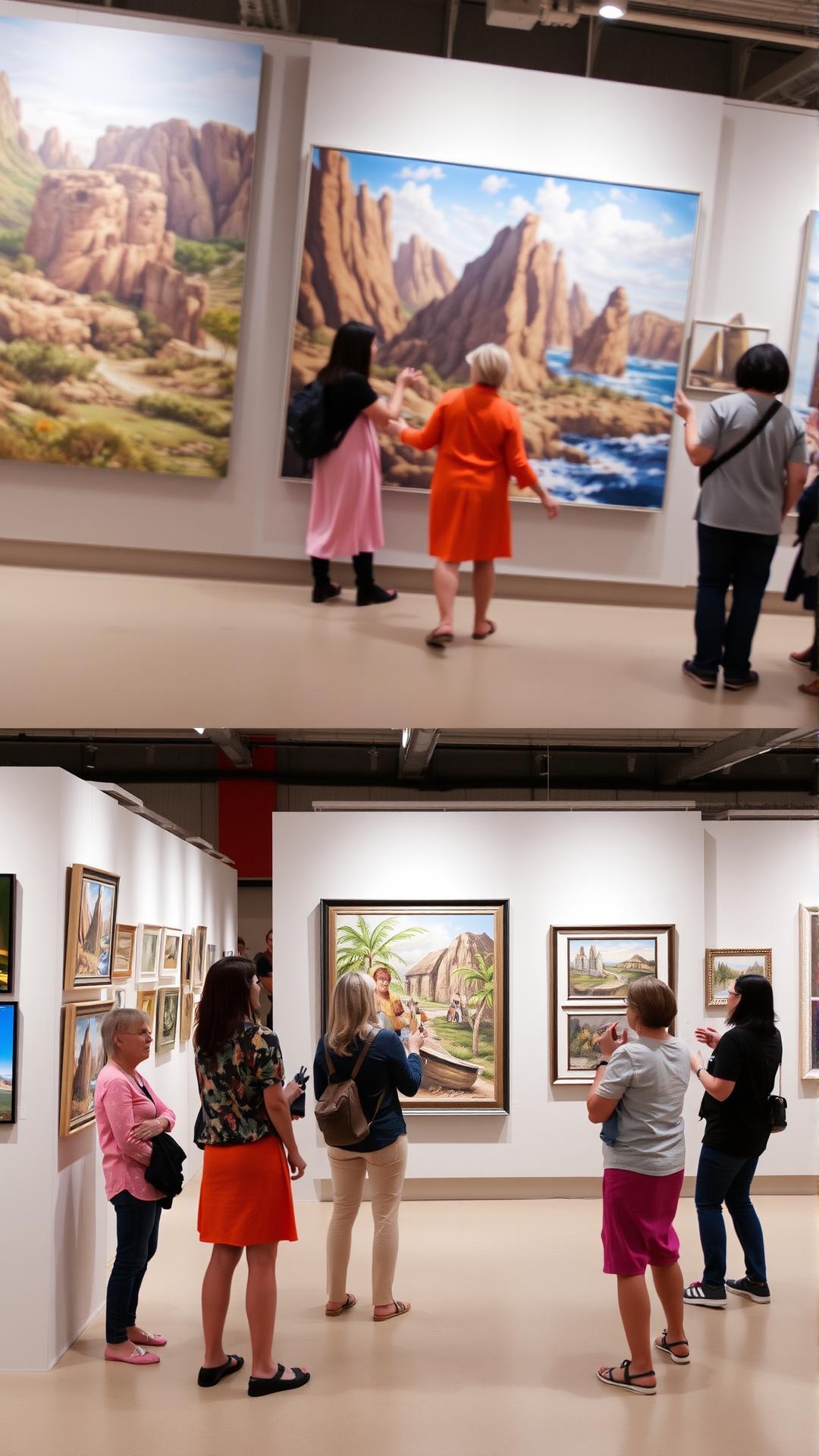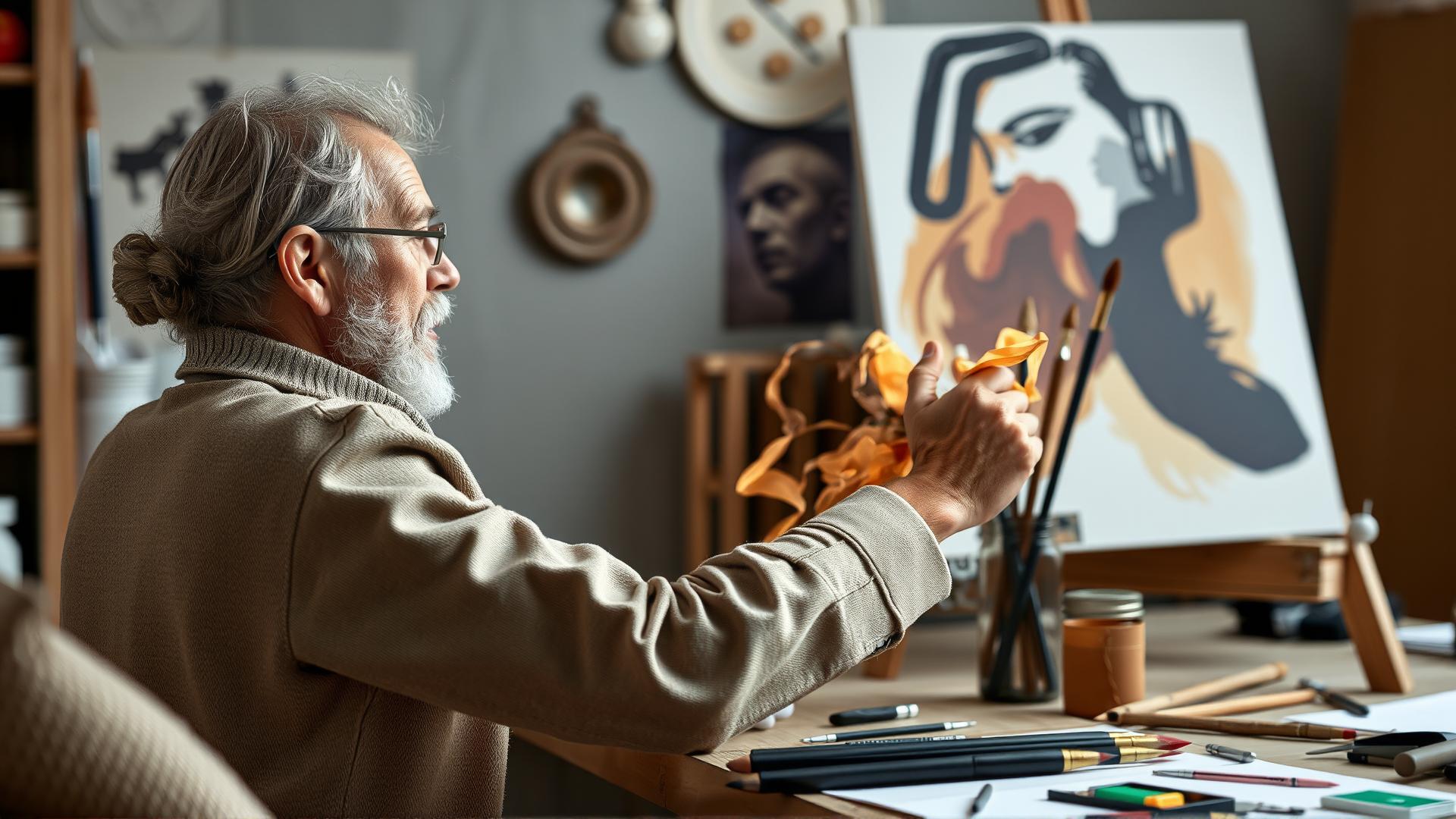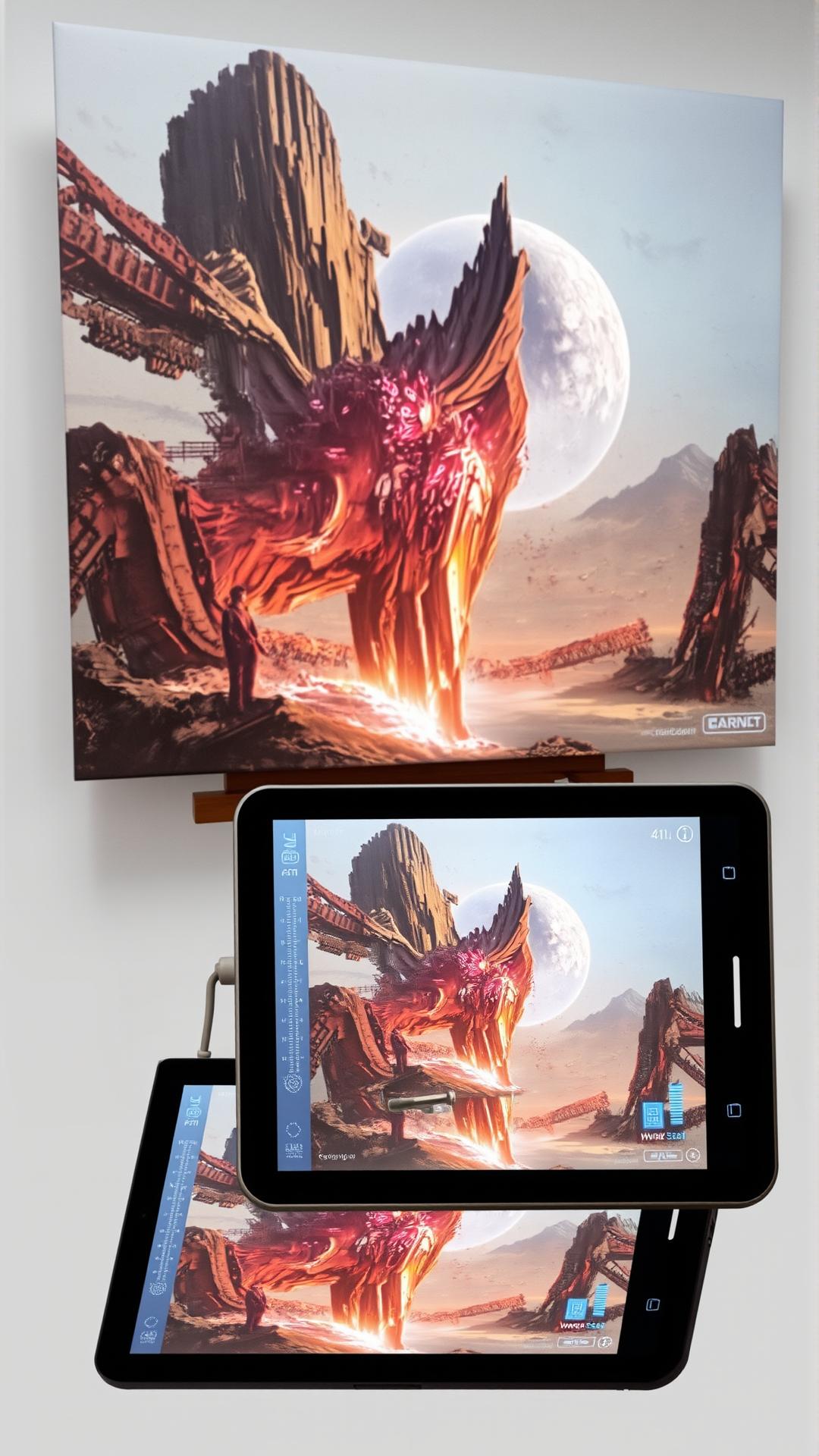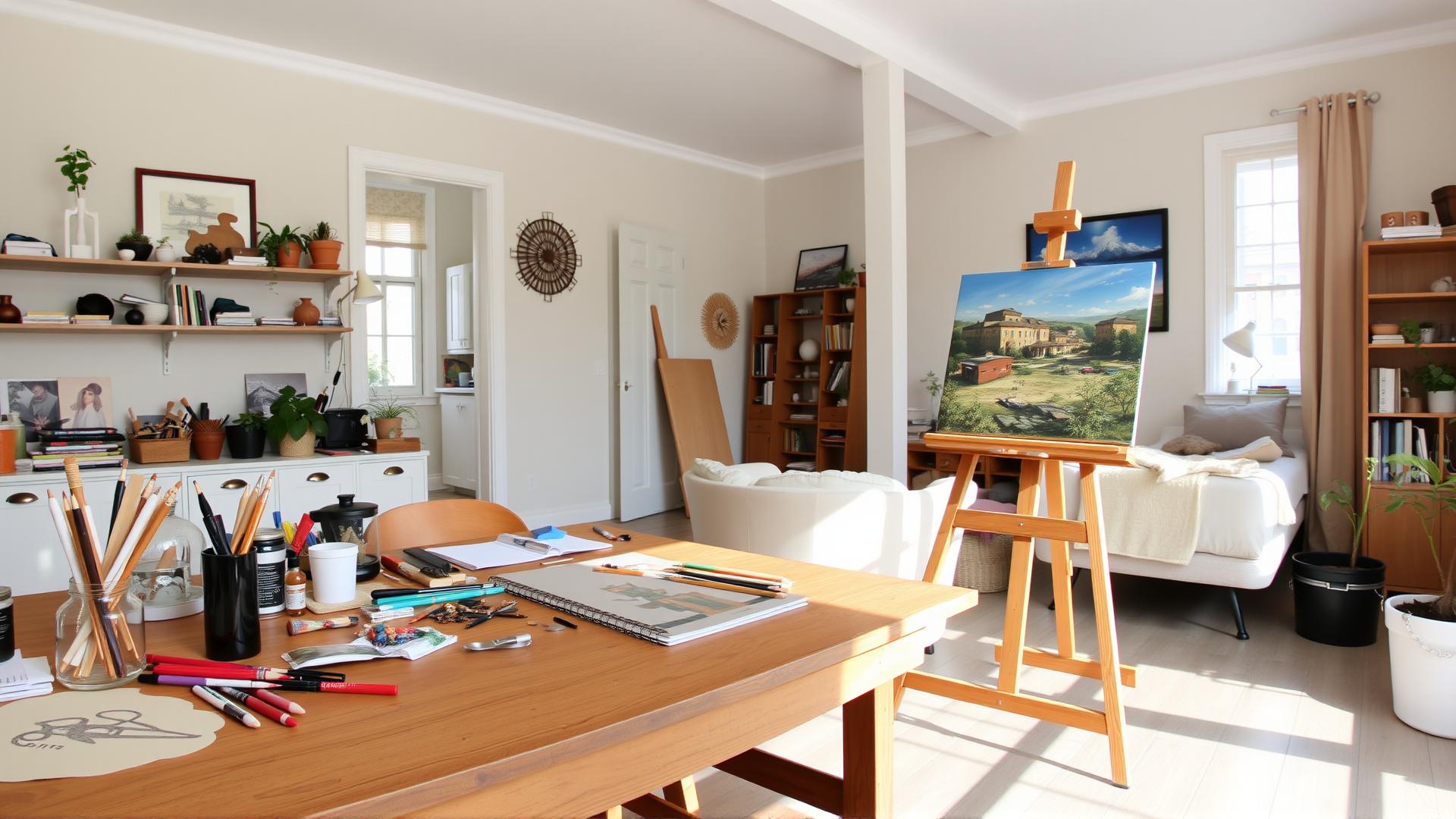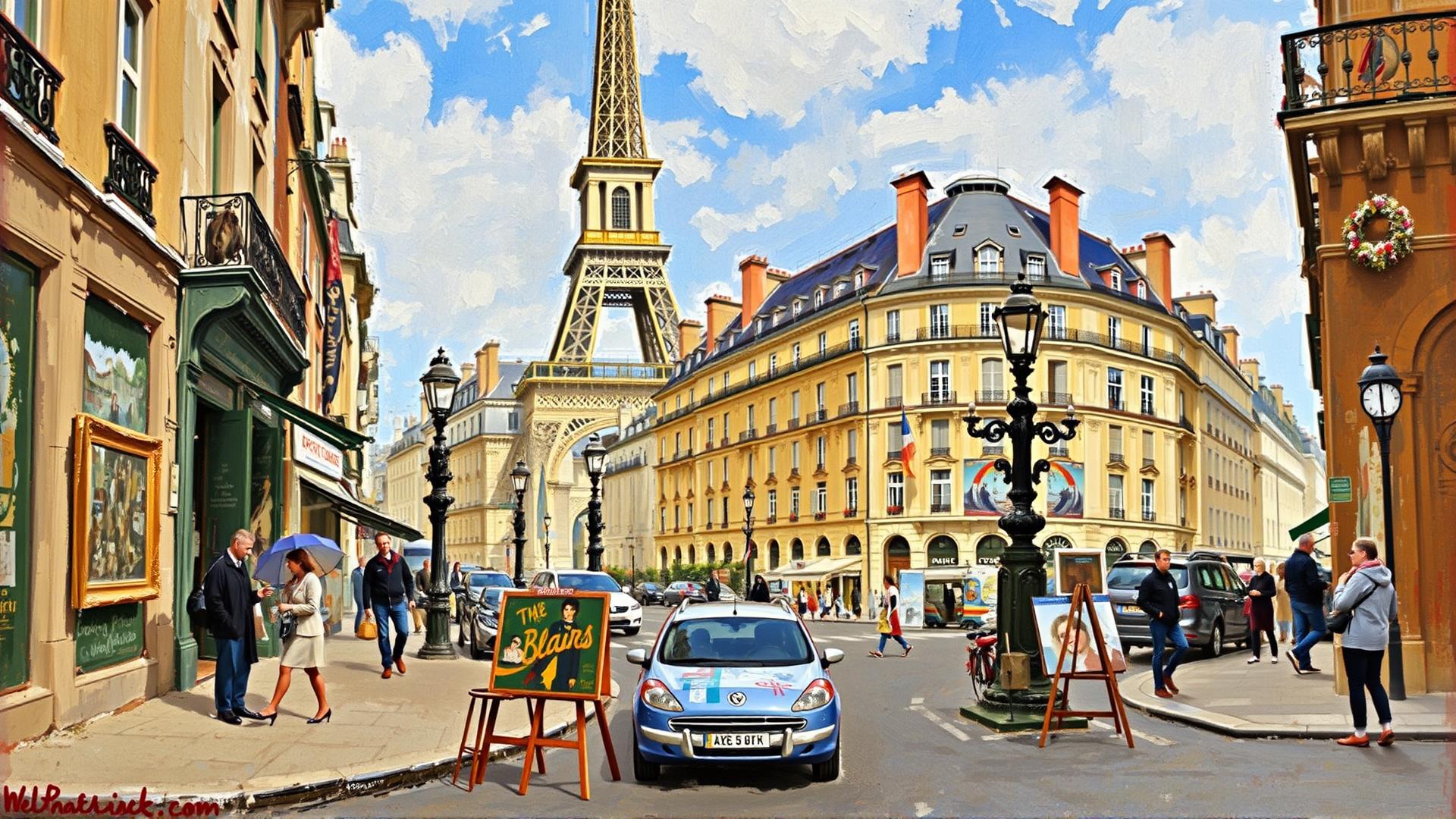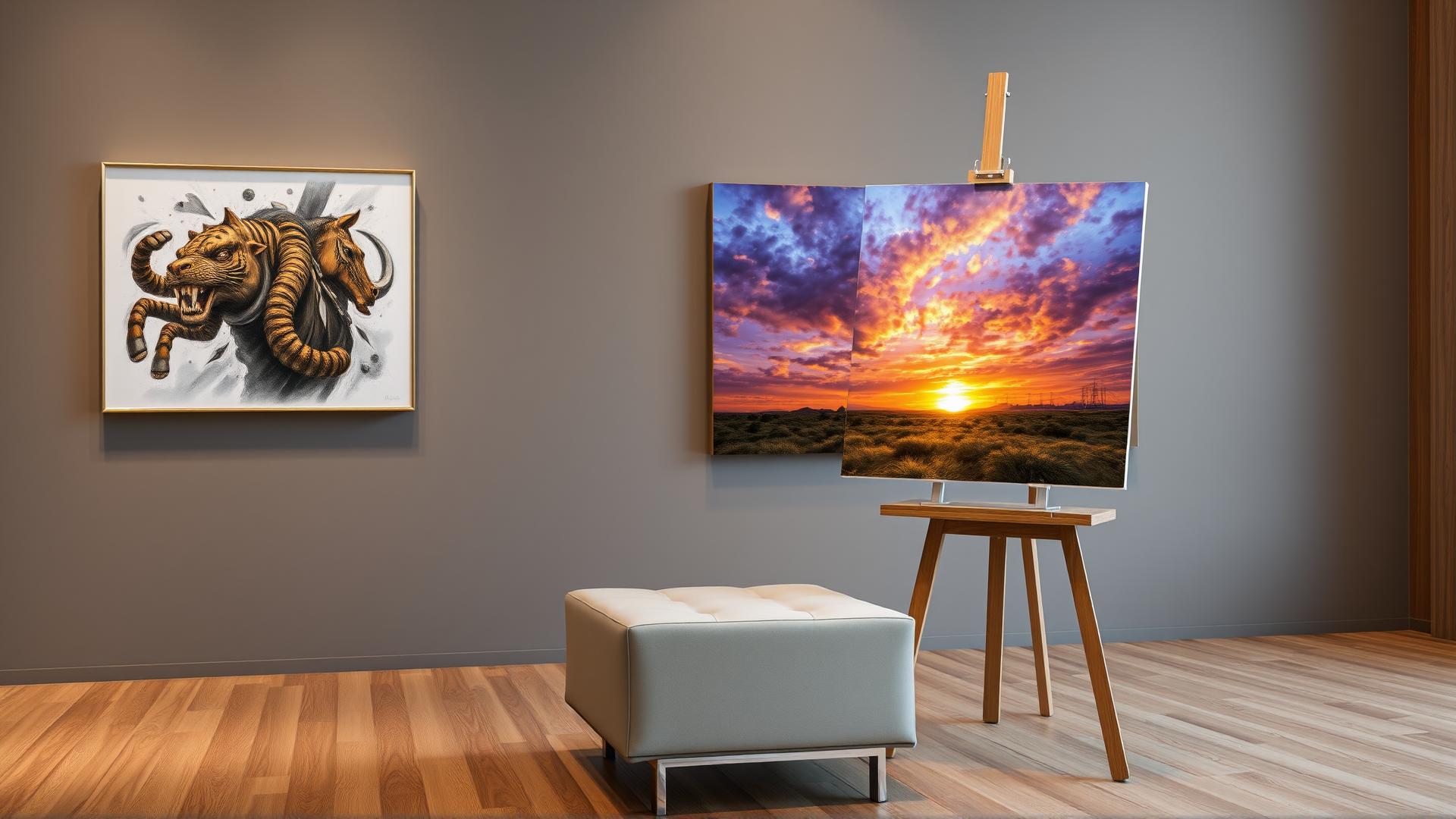
Celebrating Creativity Through Unique Original Paintings
Introduction
Original paintings represent a profound form of creative expression that transcends time and culture. These unique artworks have the power to evoke emotions, tell stories, and inspire viewers in ways that prints or mass-produced art cannot. Through original paintings, artists convey their perspectives, experiences, and imaginations, creating a personal connection with the audience. Whether through vibrant colors, intricate details, or abstract forms, each original piece is a reflection of the artist’s journey and creativity. This article will delve into the significance of original paintings, examining their role in personal expression and their lasting impact on cultural heritage.
In a world increasingly dominated by digital media, the value of original art becomes even more pronounced. Original paintings capture unique moments in time and serve as a testament to the artist’s individual skill and vision. From the majestic landscapes of the 19th century to contemporary abstract works, the diversity in style and subject matter allows for a rich exploration of human experience. Throughout this article, we will explore various aspects of original paintings, including their creation, significance, and the ways they can enhance our living spaces and minds.
The Essence of Original Paintings
Original paintings hold a distinct place in the world of art, characterized by their unique creativity and profound inherent value. An original painting is conceived and executed by the hand of an artist, embodying their thoughts, emotions, and experiences in a way that no reproduction can replicate. Unlike prints or mass-produced artworks, each original piece is a singular expression, tying itself to the artist’s vision and technique. This individuality grants original paintings an unrivaled charm, drawing collectors and art lovers alike into a universe defined by personal and cultural narratives.
The essence of uniqueness in original paintings lies in their singular nature. When an artist sets out to create an original piece, they embark on a journey that is often deeply personal, reflecting their ideals, beliefs, and the socioeconomic contexts of their times. Even if two artists choose the same subject, the resulting paintings will be vastly different in execution and emotional resonance, highlighting the influential role of individual expression. Reproductions, however, regardless of their technical quality or fidelity, lack this personal connection and the nuanced emotions that accompany the creation of authentic artworks. Therefore, the rarity of original paintings accentuates their appeal as treasures within the art world.
Beyond their uniqueness, original paintings evoke a rich tapestry of emotional and intellectual responses. When individuals engage with an original piece, it often stirs feelings of nostalgia, joy, or even discomfort, prompting personal reflection and dialogue. The experience of viewing original art transcends mere observation; it invites contemplation of the artist’s intent and the broader context of the work. This interaction not only cultivates a deeper appreciation for the artistry involved but also fosters an immersive connection between the observer and the narrative encapsulated within the painting.
This profound impact of original art goes beyond individual interpretations; it contributes significantly to our cultural legacy. Original paintings serve as historical documentation, capturing the spirit of their time and the evolution of artistic movements. They are repositories of culture, offering insights into different societal conditions, values, and innovations throughout history. Through their remarkable ability to convey stories and emotions, original paintings nurture a cultural dialogue that resonates through generations, solidifying their role as pivotal elements in the celebration of creativity.
The Creative Process Behind Original Artworks
The journey of creating original paintings is a deeply personal and transformative experience for artists. It is a complex interplay of inspiration, intention, and technique, one that brings to life the unique vision of the creator. Understanding this creative process can reveal the intense thought and labor invested in each piece, contributing to its value and significance.
Inception of an Idea
The creative process typically begins with an idea or a spark of inspiration. This can come from a variety of sources: a walk through nature, a poignant memory, or even a conversation. Artists often keep sketchbooks or journals to jot down these initial thoughts, capturing concepts that resonate with their emotions or thoughts. This phase is characterized by exploration, where they allow their imagination to roam free, developing multiple ideas without the pressure of limitations.
Planning and Composition
Once an artist has a refined concept, they move to the planning stage. This involves crafting a composition that brings the envisioned artwork to life. Artists consider the arrangement of elements, balance, and colors that will best express their theme. They often create preliminary sketches or digital mock-ups to visualize the final piece. This careful consideration allows artists to conceptualize how the viewer will experience the work, emphasizing the emotional journey they wish to convey.
Tools and Techniques
The tools and techniques an artist chooses are essential in determining the final output of their original painting. Traditional mediums such as oil, acrylic, watercolor, and pastels have their own unique properties that can influence texture, color intensity, and drying time. Artists might employ a variety of brushes, palette knives, or even their fingers to achieve different effects. Sometimes, they experiment with mixed media, incorporating collages, fabric, or digital elements to enhance depth and narrative within the painting.
As they execute their vision, artists may engage in layering—applying multiple coats of paint to build up texture and richness. This tactile approach allows them to respond dynamically to the evolving painting, adjusting their methods based on how each layer interacts with the previous ones. The process can be both a dialogue with the artwork and a quest for artistic authenticity.
The journey from conception to execution reflects the essence of original paintings: a unique manifestation of personal expression that leaves a lasting impact on its viewers. Artists pour not only their skills but also their souls into every original piece, creating a cultural legacy that resonates far beyond the canvas.
The Cultural Impact of Original Paintings
The Role of Art in Shaping Cultural Identity
Throughout history, original paintings have played a transformative role in shaping cultures, conveying societal values, and fueling movements. From the earliest cave paintings, which served as a means of communication and storytelling, to contemporary works addressing pressing social issues, the impact of art has always resonated deeply within human societies. Artists have consistently used their palettes to reflect the zeitgeist of their times, creating a bridge between personal expression and collective identity.
Pivotal artworks often encapsulate the sentiments of eras marked by conflict, hope, or change. For example, Pablo Picasso’s “Guernica,” created in response to the Spanish Civil War, evokes powerful emotions surrounding violence and suffering. This monumental piece not only serves as a protest against war but also highlights the capacity of original paintings to galvanize public sentiment and inspire action. Similarly, Frida Kahlo’s deeply personal and symbolic works illuminate issues of gender and identity, making her an icon in the feminist movement and beyond.
The Intersection of Art and Social Movements
Original paintings have frequently intersected with social movements, serving as vehicles for activism. The Harlem Renaissance, characterized by a flourishing of African American culture in the 1920s, saw artists like Aaron Douglas employ their craft to celebrate Black identity and challenge racial stereotypes. Through vibrant depictions of African American life, Douglas and his contemporaries laid the groundwork for future generations to explore racial themes in their work.
The role of art in the LGBTQ+ rights movement, exemplified by artists like Keith Haring and Andy Warhol, showcases how original paintings transcend aesthetic value and become instruments of social commentary. Haring’s graphic imagery raised awareness about the AIDS crisis, merging art with political activism, while Warhol’s explorations of consumer culture questioned the very nature of identity in modern society.
These examples illustrate that original paintings are not just decorations; they are powerful statements that reflect and shape cultural narratives. By engaging with iconic artworks and the stories behind them, we can appreciate how art serves as a mirror to society, inspiring dialogue and fostering understanding across generations. As the creative expressions of individual artists converge with the currents of history, the legacy of original paintings ultimately enriches the tapestry of our shared humanity.
Original Paintings in Home Decor
Transforming Atmospheres Through Art
Original paintings serve as powerful tools for personal expression, significantly enhancing home decor and creating distinctive atmospheres within living spaces. These artworks offer much more than mere decoration; they become focal points that reflect the inhabitants’ tastes, stories, and emotions. A carefully chosen piece can transform a mundane room into a vibrant oasis, infusing life and energy into the environment.
The presence of original art in a home can convey a sense of authenticity and character that is hard to replicate with mass-produced prints. Each stroke, color, and texture tells a unique story, inviting viewers to connect with the artist’s vision and inspiration. The emotional resonance of original paintings allows homeowners to curate an environment that resonates with their identity and values, serving as a conversation starter for guests and a daily reminder of personal aspirations.
Styles and Placement: Finding the Perfect Fit
When it comes to integrating original paintings into home decor, consideration of styles and placements is essential. The variety of artistic styles available today—from abstract expressionism to realistic portraiture—offers options for every aesthetic preference. A large, bold abstract piece can serve as a dramatic focal point in a minimalist living room, while a serene landscape painting may enhance the calming atmosphere of a bedroom retreat.
Strategic placement further enhances the impact of original paintings. A well-lit area, such as above a sofa or a console table, draws attention to the artwork, allowing it to shine. Conversely, smaller pieces can be grouped together to create a gallery wall that expresses the homeowner’s personality and artistic inclinations. Such clusters can tell a visual story, integrating various styles into a cohesive display that captures the essence of creativity.
Incorporating original paintings into home decor also invites reflection on cultural narratives and histories, echoing the previous chapter’s exploration of how art shapes societies. Homeowners have the opportunity to celebrate not only their personal tastes but also the rich cultural legacies embodied in the works they choose. As these artworks adorn walls, they become part of the narrative of the home, influencing both the emotional atmosphere and the cultural imprint left for future generations.
Original paintings enhance living spaces in a multitude of ways—through their aesthetic appeal, emotional depth, and cultural significance—allowing individuals to celebrate creativity while enriching their environment.
Supporting Original Artists Championing
Art has always held a pivotal role in expressing personal identity and cultural narratives. In the realm of original paintings, supporting local artists goes beyond mere transactions; it fosters a vibrant creative community that enriches our surroundings and enhances our collective heritage. The importance of engaging with and uplifting original artists is multifaceted, and various avenues exist to make a tangible impact.
Engaging with Local Art Initiatives
Local art initiatives serve as a vital platform for artists to showcase their talent, build connections, and engage with their community. By participating in events such as art fairs, gallery exhibitions, and open studio tours, individuals can discover and support unique original artworks while forging relationships with the creators themselves. Art organizations often provide invaluable resources to help artists thrive, facilitating workshops and mentorship programs that enhance creative skills and business acumen. By attending these events, art lovers not only support the artists but also gain insight into the creative process, deepening their appreciation for the art form.
Community-based galleries often focus on promoting regional artists, making it a great opportunity for patrons to invest in homegrown talent. Purchasing a piece from a local artist not only contributes to the local economy but also creates an emotional connection to the artwork and its origin. Each painting purchased becomes a story, representing the unique vision and experiences of the artist.
Contributing Through Artwork Purchases
Buying original paintings is one of the most direct ways to show support for artists. It ensures that the artist receives fair compensation for their work, which is crucial for their continued creative expression. Collecting original art allows individuals to own a piece of someone’s imagination, while also contributing to the artist’s ability to sustain their craft. This mutual relationship enhances the cultural landscape, allowing original artwork to flourish.
Patrons can consider commissioning custom artworks tailored to their preferences. This not only provides artists an opportunity for income but also makes the artwork even more personal and meaningful. Custom art can reflect personal stories, favorite themes, or symbolic imagery, resulting in a one-of-a-kind piece that resonates deeply with its owner.
Supporting original artists is more than an act of consumption; it represents a commitment to fostering creativity, individuality, and cultural richness. Each purchase or engagement with local art initiatives cultivates a vibrant artistic community, ensuring that the legacy of original paintings endures and evolves for future generations.
The Future of Original Paintings
Innovative Approaches to Creation
The landscape of original paintings is poised for transformation as emerging trends and technologies continue to reshape the art world. Artists today are exploring new mediums and techniques, blending traditional practices with modern innovations. Techniques like augmented reality (AR) allow viewers to interact with paintings in dynamic ways, creating a layer of engagement previously unattainable. For example, an original painting can come to life through an application that enables viewers to witness the artist’s creative process or see animated elements within the artwork itself.
The rise of eco-friendly materials has gained traction among painters, who are increasingly conscious of their environmental impact. Natural pigments, biodegradable canvases, and sustainable practices are becoming commonplace, allowing artists to not only express their creativity but also their commitment to preserving cultural and ecological legacies. This intersection of artistry and sustainability signifies a pivotal shift towards responsible art-making.
Digital Integration and Accessibility
In an age defined by technological advancements, the digital realm has opened new avenues for both artists and collectors. Emerging platforms that leverage blockchain technology offer unprecedented transparency and security in the art market. This innovation can help to authenticate original paintings and establish provenance, which enhances the value and trustworthiness of an artwork.
Social media’s unparalleled reach also enables artists to showcase their work to a global audience, effectively democratizing the art world. Creators can engage directly with fans, build communities, and gain recognition outside traditional galleries. These interactions can influence their artistic direction, fostering collaborations that push the boundaries of conventional painting.
Virtual exhibitions and online galleries are becoming increasingly popular, providing opportunities for artists to display their work without the constraints of physical space. Collectors, in turn, can explore original paintings from diverse cultures and styles, all from the comfort of their homes. This shift not only expands the market for original art but also encourages an appreciation for diverse artistic expressions, enriching cultural legacies.
As these trends continue to evolve, the future of original paintings appears bright, transcending conventional limitations and fostering an inclusive atmosphere. By embracing innovation while honoring their roots, artists can craft narratives that resonate with contemporary audiences, ensuring that original paintings remain a pivotal aspect of personal expression and cultural legacy.
Conclusions
Original paintings serve as powerful representations of creativity and self-expression. They hold stories, evoke memories, and engage emotions that resonate deeply with those who encounter them. The uniqueness of each painting fosters a connection between the artist and the viewer, creating a dialogue that transcends words. As we’ve explored, these artworks can transform spaces and inspire moments of reflection and joy.
Investing in original paintings not only enriches personal lives but also supports artists and their contributions to cultural dialogue. Each original piece is a celebration of artistic talent and a reminder of the beauty of individuality in art. As we continue to embrace originality in our appreciation of art, we honor creativity and the diverse narratives that unfold through each brushstroke, ensuring that the significance of original paintings endures for generations to come.
